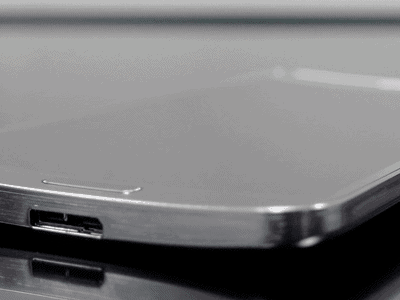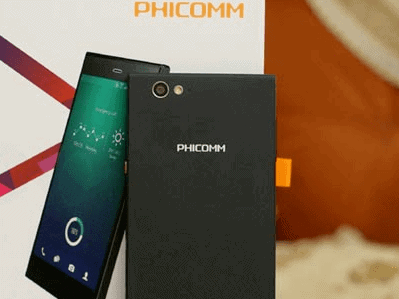Nokia had its best quarter ever for its Lumia Windows Phone line, with 7.4 million devices sold worldwide in 2Q 2013, a growth of 78% year-on-year, so the timing of the acquisition by Microsoft might have surprised many, but it was always on the cards.
According to the deal Microsoft will be acquiring Nokia’s Mobile Phones and Smart Devices business and aspects related to it such as the design team, production facilities, sales and marketing, and other support functions. In exchange, Nokia will be receiving Euro 5.44 billion, roughly US$ 7.2 billion, with Euro 3.79 billion, or around US$ 5 billion, for the purchase of the business itself and Euro 1.65 billion, around US$ 2.3 billion, for mutual patent agreements. After the deal, all that Nokia will be left with is its NSN network infrastructure business; it’s HERE mapping and location services, and its Advanced Technologies development and licencing business.
Below are my brief inputs on how this acquisition will impact the various elements in the Mobile phone ecosystem
The Competitors: Google’s Android OS and Apple’s iOS
With the Nokia buy-out, Microsoft has become another player in the smartphone market who will have full control over its hardware and software. This vertical integration trend (pioneered by Apple in 2007, and laughed at by other players at that time) is now being considered an important move to ensure tighter and deeper integration between devices, software and services. This will further ensure that Microsoft (according to a company release) will now be able to realise a “gross margin” of US$ 40 on the sale of each smartphone handset, as against just US$ 10, when it was just licencing its OS to Nokia.
All this will ensure faster product launches, revamped Apps and Services, which will challenge the Apple and Google mobile OS ecosystems. However, with Apple’s aggressive strategies in OS development and Google’s similar buy-out of Motorola while maintaining its relationship with other OEM partners, Microsoft is still far behind the two giants both in terms of devices, apps and services. Microsoft is still shipping the 2nd version of its Windows Phone OS, whereas Android and Apple are in their 10th (Jelly Bean) and 7th (iOS7) avatars of Operating Systems. It is unlikely that Microsoft will be able to catch up with them soon and also unlikely that any OEM partner can become to Windows Phone, what Samsung is to Android.
In all likelihood, Android and Apple are going to be the only two operating systems that would continue to dominate and command a majority share of the smartphone and tablet markets, over the next few years.
Devices, Apps and Innovation
It is no doubt that with Microsoft’s acquisition of Nokia patents, the innovation in devices and apps will further accelerate. The deal which will help to bridge the gap between hardware and software, will give Microsoft ample time to foster innovation in its devices through its rich expertise in software.
Other OEM Partners
Although Microsoft has made it clear that it will continue to licence Windows Phone operating system to other OEM partners, it will be interesting to see whether Samsung, HTC and Huawei remain committed to the Windows Phone platform, following the acquisition. Or, as some industry watchers believe, these players may develop their own ‘non-Google’ version of the Android OS, and strike out on their own for greater independence.
Blackberry
Microsoft buyout of Nokia will mean that the software giant will be even more aggressive in the Enterprise space, a segment which BlackBerry is betting upon for its comeback. Both Microsoft and BlackBerry will be competing for the third place in the war of Operating Systems and with the recent entry of new OS players like Ubuntu, Firefox and Tizen, it will be interesting to see how this war of smartphone operating systems shapes up in future
Nokia Featurephones
Although Nokia’s margin on featurephones is razor thin, but this is the segment which contributes to 90% of Nokia’s overall mobile phone shipments worldwide, and is very critical in the company’s “connecting the next billion” campaign, for which Nokia has gained respect and recognition. Although Microsoft maintains that it will continue with the initiative even after its buyout of Nokia, it is uncertain whether Microsoft will be interested in the featurephones segment going forward. Some feel Microsoft may eventually sell off or completely kill the category altogether, thereby marking an end of the era where we saw affordable and reliable entry level handsets from Nokia.
To conclude, I must say that while Microsoft might be very positive about the acquisition, but the real challenge will lie in how well it can convince key staff at Nokia, app developers, investors and partners on its ability to place innovative, new devices in the hands of customers who are already addicted to either Android or Apple devices.












